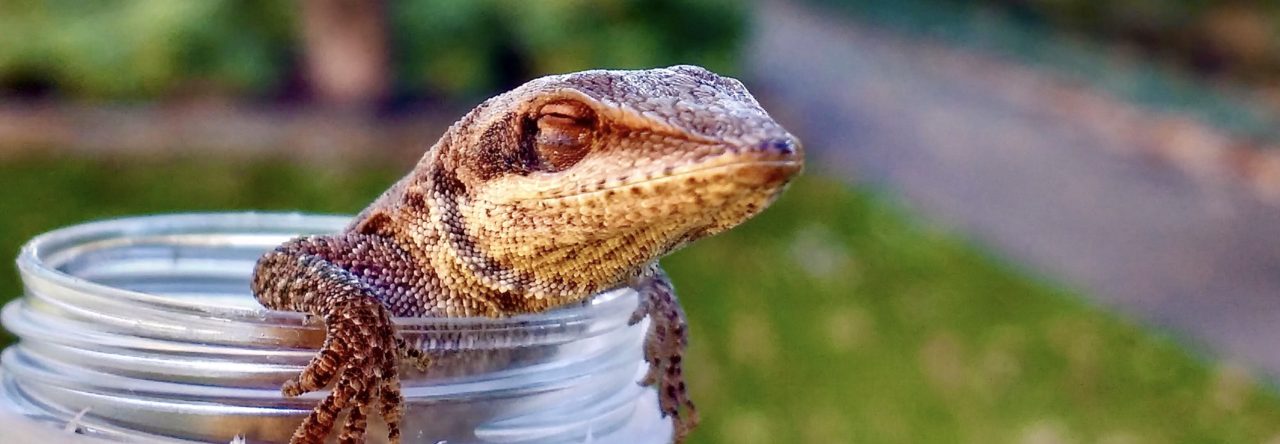 Kat Wollenberg presented a very interesting analysis of geographic variation in Hispaniolan A. cybotes, distinguishing effects due to environmental differences, microhabitat use, and genetic relatedness. One particularly novel approach was to compare elevational differences that occur independently in a number of different mountain ranges (the different mountain ranges are the red parts in Hispaniola above).
Kat Wollenberg presented a very interesting analysis of geographic variation in Hispaniolan A. cybotes, distinguishing effects due to environmental differences, microhabitat use, and genetic relatedness. One particularly novel approach was to compare elevational differences that occur independently in a number of different mountain ranges (the different mountain ranges are the red parts in Hispaniola above).
Here’s the abstract:
Diversification within adaptive radiations: the case of Hispaniolan trunk-ground anoles
The evolutionary processes that produce adaptive radiations are still enigmatic to date, as these are by definition recognized after the radiation has occurred, which makes it difficult to study them as an ongoing process. One way to connect pattern to process is to study the processes driving divergence today among populations of species that belong to an adaptive radiation, and compare the results to patterns observed on deeper level. In this paper, we tested whether evolution is a deterministic process with equal outcomes during different stages of the adaptive radiation of Anolis lizards. On the example of a clade of trunk-ground anoles, we inferred the adaptive basis of spatial variation among contemporary populations, and tested whether axes of phenotypic differentiation among them mirror known axes of diversification at deeper levels of the radiation. Although non-parallel change associated with genetic divergence explains the vast majority of geographic variation, we found phenotypic variation to be adaptive as confirmed by spatial convergence across the landscape, as well as genetically independent habitat-associated morphological variation. Morphological diversification of populations occurs recurrently along both tested axes of diversification previously identified in the anole radiation, but different sets of characters are affected.
- Evolution in Real Time on Lizard Island - March 23, 2025
- Spider Snags Adult Anolis osa - March 22, 2025
- An Homage to the Green Anoles of New Orleans - March 21, 2025


Leave a Reply